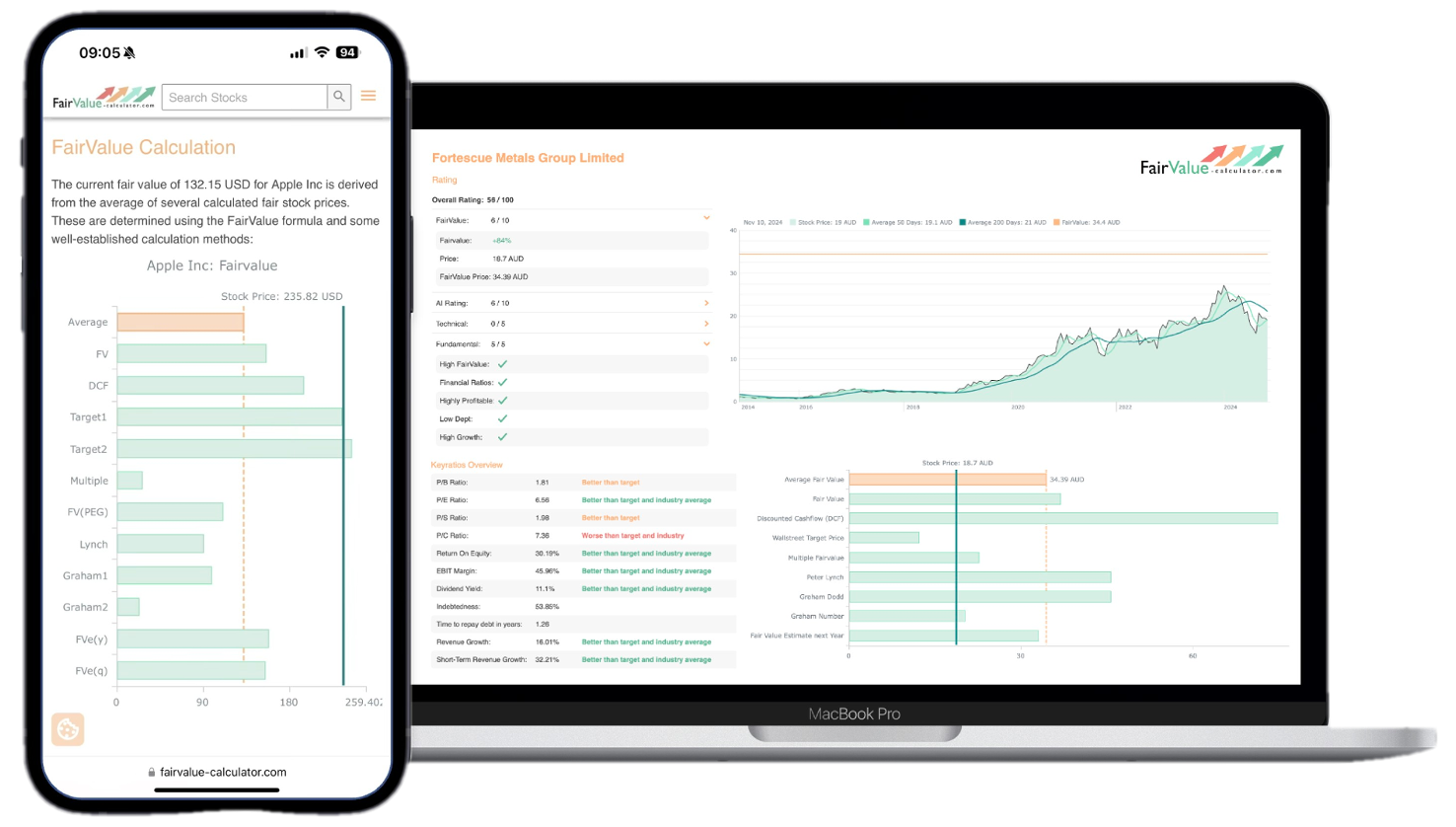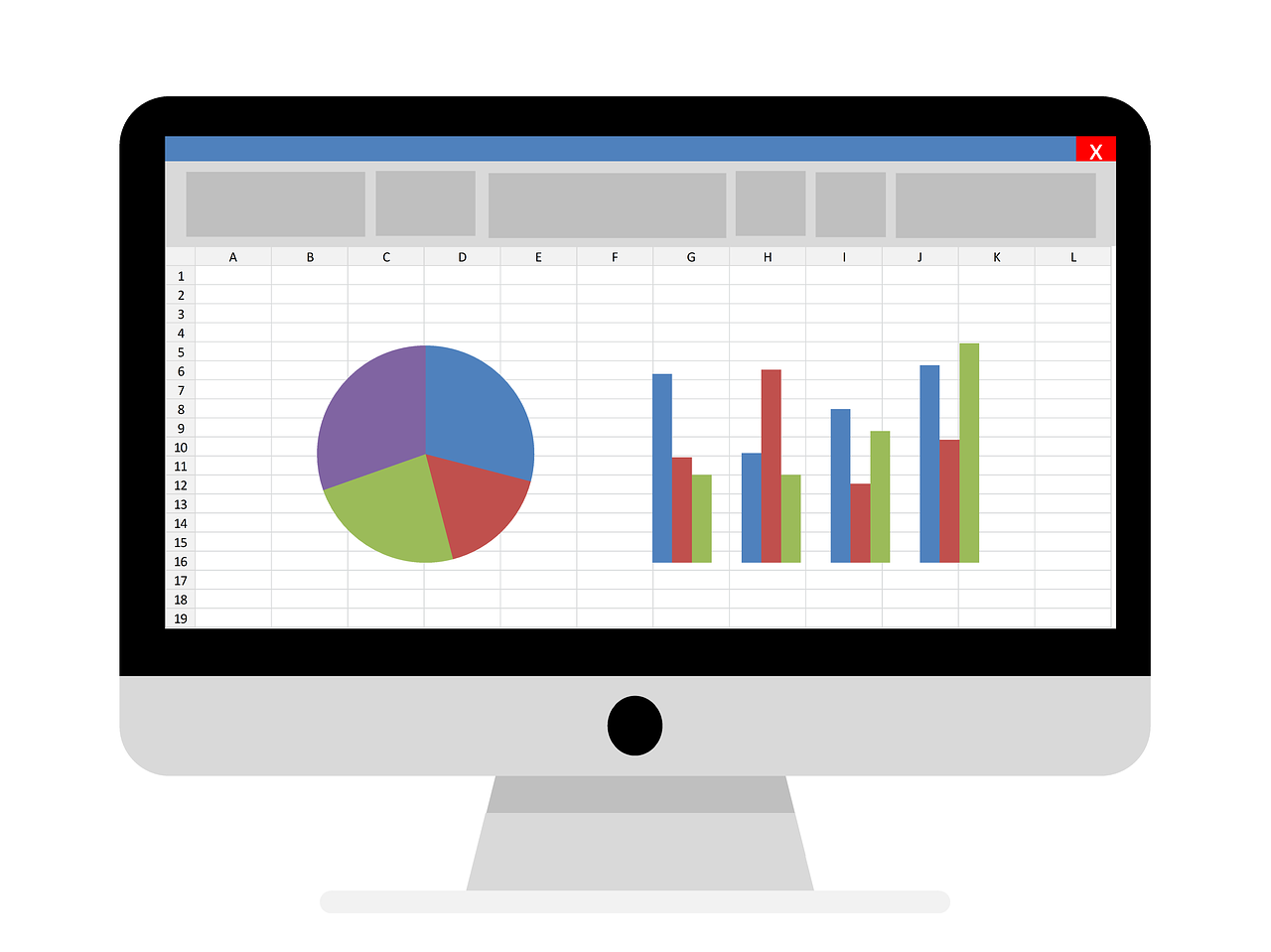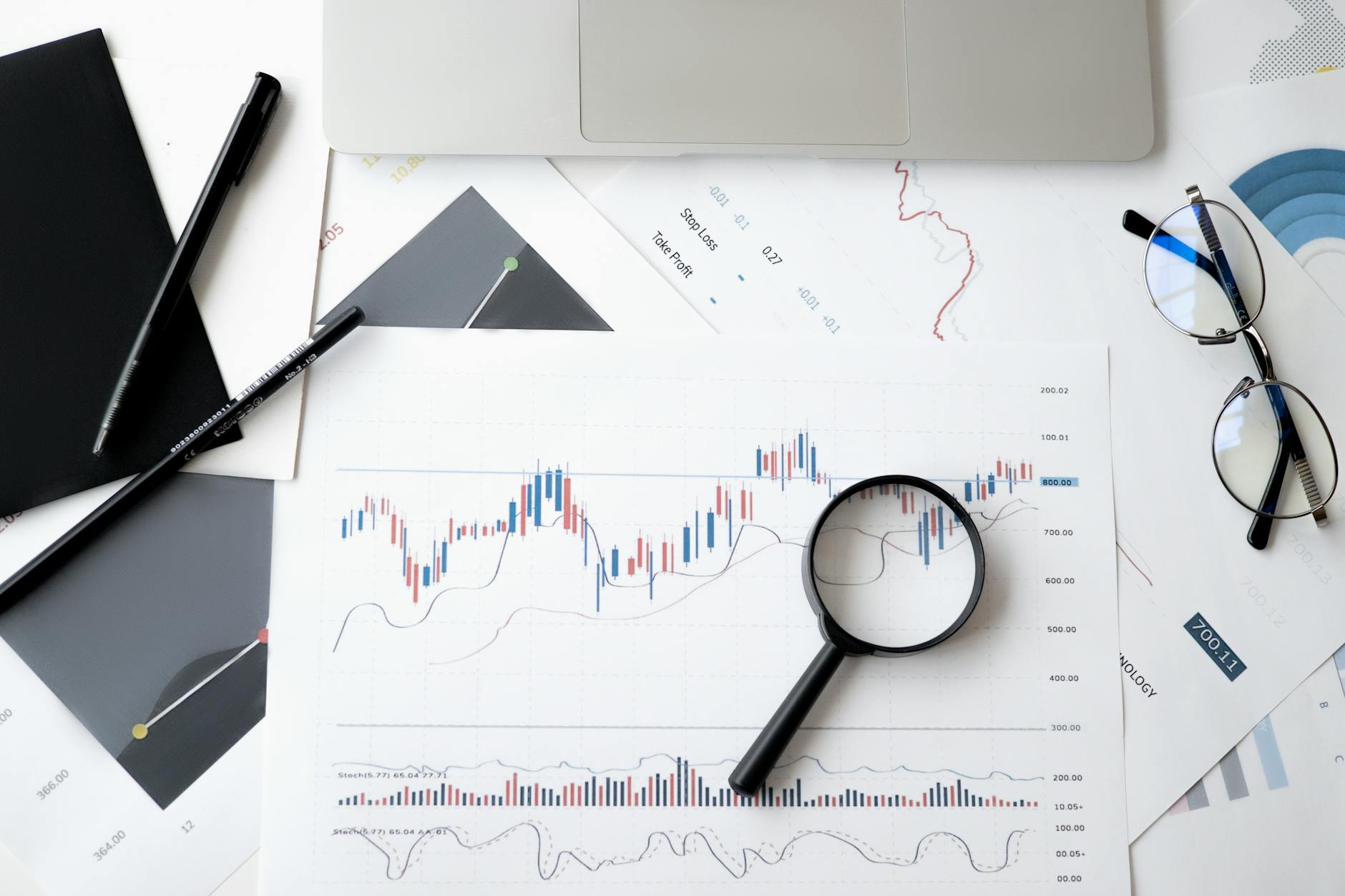Imagine a world where every investment decision you make could be tested and proven before committing your hard-earned money. Sounds like a dream, right? Yet, for many savvy investors, this dream becomes a reality through the art of backtesting. The concept of using fair value as a tool to navigate the complex world of investments isn’t just a strategy; it’s a potential game-changer. By diving into historical data and aligning it with fair value analysis, you’re not just predicting possible outcomes; you’re arming yourself with insights that could maximize profit.
Many assume that investment success is a mere game of chance, but what if you could tilt the odds in your favor? The ability to backtest using fair value is not merely about looking back, it’s about setting the stage for future success. The real question is, “Can I backtest using fair value to see investment returns?” Through this guide, you’ll discover how to harness these techniques to anticipate market movements and enhance your investment strategies, ensuring that each decision is calculated, deliberate, and, above all, profitable.
💡 Discover Powerful Investing Tools
Stop guessing – start investing with confidence. Our Fair Value Stock Calculators help you uncover hidden value in stocks using time-tested methods like Discounted Cash Flow (DCF), Benjamin Graham’s valuation principles, Peter Lynch’s PEG ratio, and our own AI-powered Super Fair Value formula. Designed for clarity, speed, and precision, these tools turn complex valuation models into simple, actionable insights – even for beginners.
Learn More About the Tools →
Understanding Backtesting and Fair Value
Backtesting is a systematic process where past market data is used to evaluate the performance of trading strategies or investment hypotheses. By simulating trades that would have been executed in historical conditions, investors gain clarity on how a strategy might perform under similar future scenarios. Fair value, on the other hand, represents the theoretical correct price of an asset, given all available information about its fundamentals. Integrating these two concepts provides a powerful lens: backtesting uncovers how a strategy behaved historically, while fair value benchmarks treatment of price discrepancies for more informed decision-making.
At its core, backtesting asks, “If I had executed this sequence of trades over the past decade, what would my returns look like?” When you overlay fair value analysis onto this framework, you’re not just measuring raw price movements; you are gauging price deviations relative to an asset’s intrinsic worth. That differentiation matters deeply. An overvalued asset that continued to rise might produce backtested profits, but without fair value context you might risk buying at a peak. Conversely, undervalued opportunities could be identified and capitalized on. Understanding backtesting and fair value together empowers investors to sift through noise and derive patterns anchored in fundamental worth.
🚀 Test the Fair Value Calculator Now!
Find out in seconds whether your stock is truly undervalued or overpriced – based on fundamentals and future growth.
Try it for Free →Importance of Historical Data in Backtesting
Historical data is the bedrock of any backtesting exercise. Without clean, comprehensive datasets, price, volume, corporate actions, economic indicators, your simulations lack the realism required to draw actionable insights. Reliable data spanning different market regimes (bull, bear, volatile, calm) exposes strategies to various scenarios, ensuring they aren’t simply curve-fitted to a narrow timeframe.
Moreover, detailed historical records allow you to integrate fair value benchmarks effectively. For example, by tracking price-to-earnings ratios, dividend yields, or discounted cash flow estimates over time, you can create a dynamic fair value model that adjusts as fundamentals shift. When coupled with transaction cost data, slippage estimates, and realistic execution assumptions, your backtest results become far more credible. Thus, prioritizing high-quality historical data can bridge the gap between theoretical strategy performance and real-world trading outcomes.
Explore our most popular stock fair value calculators to find opportunities where the market price is lower than the true value.
- Peter Lynch Fair Value – Combines growth with valuation using the PEG ratio. A favorite among growth investors.
- Buffett Intrinsic Value Calculator – Based on Warren Buffett’s long-term DCF approach to determine business value.
- Buffett Fair Value Model – Simplified version of his logic with margin of safety baked in.
- Graham & Dodd Fair Value – Uses conservative earnings-based valuation from classic value investing theory.
- Intrinsic vs. Extrinsic Value – Learn the core difference between what a company’s really worth and what others pay.
- Intrinsic Value Calculator – A general tool to estimate the true value of a stock, based on earnings potential.
- Fama-French Model – For advanced users: Quantifies expected return using size, value and market risk.
- Discount Rate Calculator – Helps estimate the proper rate to use in any DCF-based valuation model.
Introduction to Fair Value Analysis
Fair value analysis assesses whether an asset’s current market price reflects its intrinsic worth. Common approaches include discounted cash flow (DCF), comparable company multiples, and asset-based valuations. Each method carries its own assumptions and sensitivities, so choosing the right model depends on the asset class and available information.
By establishing a fair value range, investors gain perspective on when an asset is overpriced or underpriced. When integrated into backtests, these signals guide entry and exit rules, refining strategy filters. In essence, fair value analysis provides the checkpoint against which market prices are measured, ensuring your backtested trades align with fundamental rationale rather than pure price momentum.
Setting Up a Backtesting Framework
To build a robust backtesting framework, start by defining your strategy’s universe: assets, timeframes, and data frequency. Determine the investment horizon—intraday, swing, or long-term—and select corresponding data granularity. Next, codify entry and exit rules, risk parameters, and position-sizing logic in a programming environment or specialized backtesting platform.
Ensure your framework includes realistic assumptions for trading costs, slippage, and liquidity constraints. Incorporate fair value triggers by embedding valuation thresholds into your ruleset. For instance, buy signals might require price to be at least 10% below estimated fair value, while sell signals could activate when price exceeds fair value by 15%. Proper setup not only improves accuracy but also helps answer the pivotal question: “Can I backtest using fair value to see investment returns?”
Selecting Criteria for Fair Value Assessment
Choosing the right criteria for fair value assessment is crucial to backtesting accuracy. Common metrics include discounted cash flow estimates, relative valuation multiples (P/E, EV/EBITDA), and dividend discount models. Each metric requires careful calibration: DCF relies on growth projections and discount rates, while multiples depend on selecting relevant peer groups.
Blend multiple metrics for a more balanced fair value view. For example, average valuations from DCF and P/E models can smooth out extreme assumptions. When backtesting, create flags indicating overvaluation or undervaluation. These criteria ultimately guide your decision logic, ensuring trades are triggered by genuine discrepancies between market price and intrinsic worth.
Analyzing Backtesting Results
After running simulations, dive into performance metrics: total return, annualized return, Sharpe ratio, maximum drawdown, and win-loss ratios. Compare baseline results (without fair value filters) to those incorporating valuation criteria. This comparison reveals the incremental benefit of fair value integration.
Beyond headline statistics, analyze trade-level details. Identify periods where fair value signals prevented losses or captured bounce-backs effectively. Conversely, note instances where valuation criteria might have delayed profitable entries. Qualitative review of these events informs adjustments. By methodically dissecting your backtesting output, you refine your strategy’s robustness and elevate confidence in live implementation.
Incorporating Risk Management Strategies
Risk management must sit at the core of any backtested approach. Position-sizing rules, such as fixed fractional sizing or volatility-based sizing, help control exposure. Implement stop-loss orders tied to either absolute price levels or percentage drawdowns. Meanwhile, take-profit limits can lock in gains when price reaches a target relative to fair value.
Furthermore, diversify across uncorrelated assets or strategies to mitigate idiosyncratic risk. Overlay fair value signals with risk overlays: for instance, avoid entering undervalued trades during periods of heightened market volatility or tight credit spreads. By blending valuation triggers with rigorous risk controls, you generate a smoother equity curve and protect capital during adverse conditions.
Fine-Tuning Your Investment Approach
Iterative refinement is key to sustainable returns. Once you’ve analyzed results, adjust parameters: tweak valuation thresholds, timeframes, or filter criteria. Use walk-forward testing to validate that optimizations hold up in unseen data segments rather than being mere overfits. This practice involves dividing data into training and testing windows and sequentially rolling them forward.
In addition, incorporate machine learning techniques or ensemble methods to enhance fair value estimation. For example, regression models can dynamically update valuation multiples based on evolving macroeconomic indicators. By continuously calibrating your model, you adapt to shifting market dynamics, preserving the edge your backtested strategy provides.
Implementing Fair Value Insights in Real-time Trading
Transitioning from backtesting to live trading demands meticulous planning. First, replicate your backtest environment as closely as possible: same data feeds, order execution logic, and risk management rules. Conduct paper trading or a small pilot to monitor performance and execution quality.
Next, build automation or alerts around fair value conditions. Real-time fair value calculations can be integrated into trading dashboards, flagging opportunities as they arise. Ensure robust monitoring and fail-safes: set up notifications for data feed interruptions, unexpected slippage, or deviation from model assumptions. By maintaining discipline and fidelity to your backtested rules, you bridge the gap between historical simulations and live market execution.
Conclusion: Maximizing Profit Through Backtesting with Fair Value
Bringing together backtesting and fair value analysis equips investors with a structured approach to decision-making. By rigorously testing strategies against historical data and incorporating intrinsic valuation filters, you can identify high-probability entry and exit points that align with fundamental strength.
While no method guarantees success, embedding fair value insights within your backtesting framework enhances risk-adjusted returns and builds confidence. Ultimately, disciplined application of these principles positions you to navigate market uncertainties with a clear edge and maximize profit potential.







